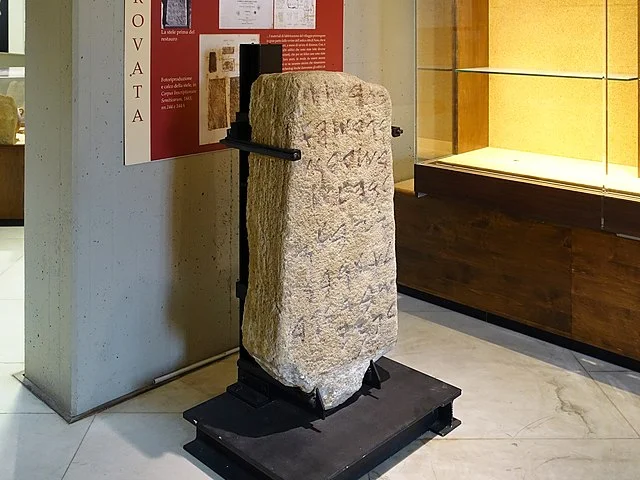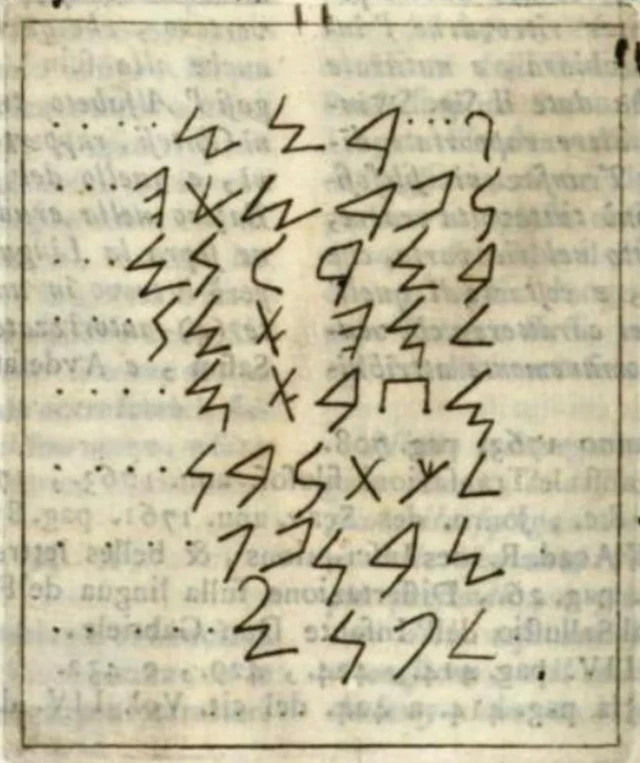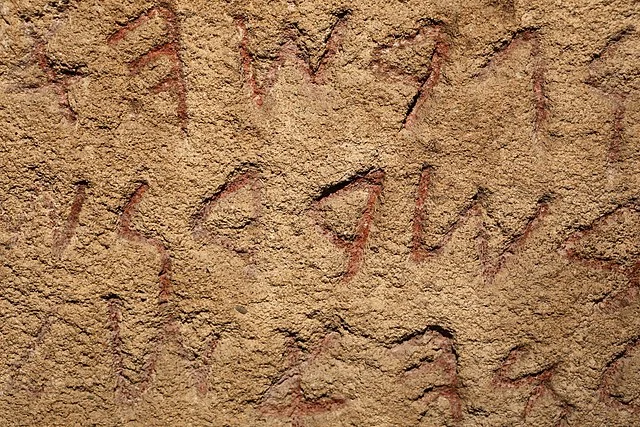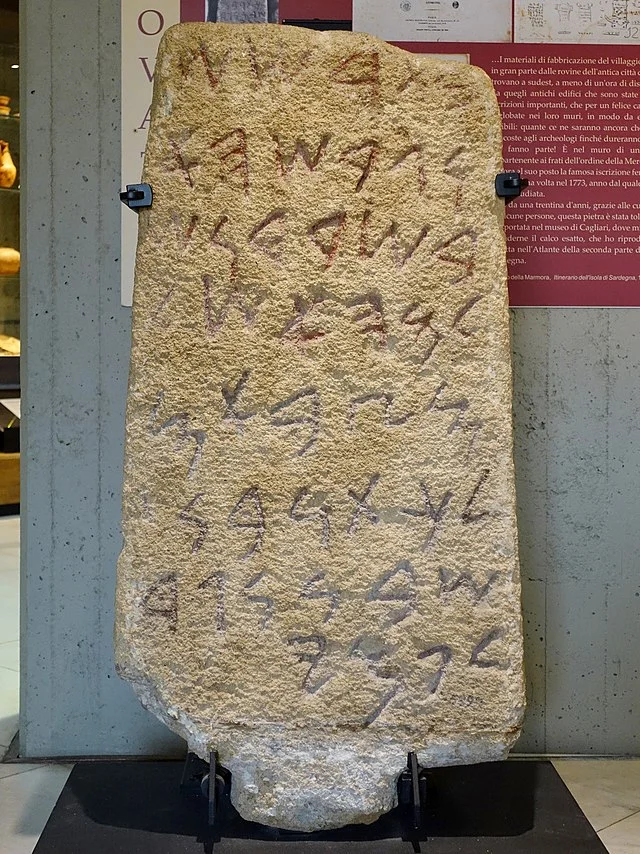The Nora Stone is one of the most significant archaeological findings in the Mediterranean. It is an ancient inscription discovered in the ruins of Nora, an ancient city on the southern coast of Sardinia. The stone holds historical importance due to its inscription, which provides evidence of early Phoenician presence on the island.
Get your dose of History via Email
Discovery and Location

Archaeologists found the Nora Stone in 1773. It was part of a collection of ruins at Nora, an ancient city with origins that trace back to the Bronze Age. Located near present-day Pula, the site has yielded numerous artifacts from Phoenician, Roman, and Punic cultures.
The Inscription

The Nora Stone is famous for its inscription in the Phoenician language. The text contains 13 lines written from right to left, a typical feature of Semitic languages. Scholars believe it dates to the 9th or 8th century BC. This makes it one of the earliest known written records in the western Mediterranean.
Historical Significance

The text provides insights into Phoenician colonization and maritime activity. The inscription mentions a figure named “M” or “Melek,” interpreted by some as a king or leader, and the possible reference to “Tarshish,” a region linked to trade.
Debates and Interpretations
Scholars have debated the exact meaning and purpose of the Nora Stone’s text. Some interpret it as a dedicatory or memorial inscription, while others suggest it could be a commemoration of a victory or voyage. Despite differing interpretations, the stone offers valuable insight into the Phoenician expansion into the Mediterranean.
Conclusion
The Nora Stone remains a crucial artifact for understanding early Phoenician activity and influence in the western Mediterranean. It provides rare evidence of their presence on Sardinia and highlights their role in trade and colonization.
Source:

